Components allow users to subdivide a surface to create panels and grids based on UV divisions, with a variety of options for quadrangular, triangular, and hexagonal panel shapes.
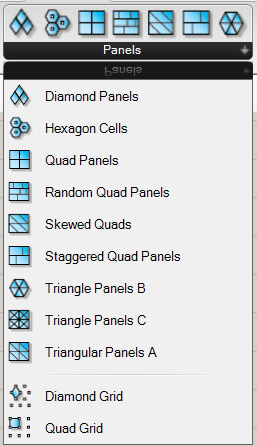
Description
Appearance
Diamond Panels
Created diamond (diagrid-like) panels on a surface
Input:
- A list of surfaces to panelize
- A whole number value to set the U value
- A whole number value to set the V value


Hexagon Cells
Creates hexagonal cells on a surface
Input:
- A list of surfaces to panelize
- A whole number value to set the U value
- A whole number value to set the V value
- A parameter to adjust the angle of the hexagon.
Results: Hexagonal cells and their center points.
Note: if cells are not planar, surfaces will not be created. This example projects the cells so that they can be represented as surfaces, but the final result does not create a water-tight surface.

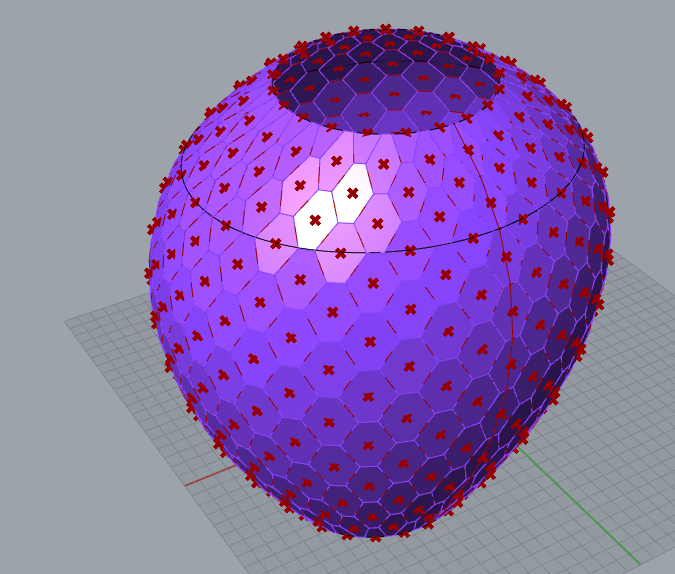
Quad Panels
Divides a surface into quadrangular panels
Input:
- A list of surfaces to panelize
- A whole number value to set the U value
- A whole number value to set the V value
Returns: A list of quadrangular panels

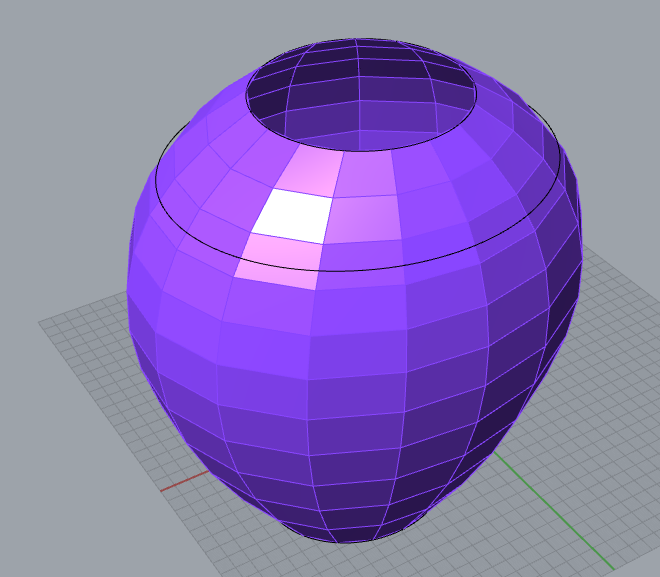
Random Quad Panels
Divides a surface into quadrangular panels at random intervals.
Input:
- A list of surfaces to panelize
- A whole number value to set the U value
- A whole number value to set the V value
- A whole number value to set a seed to adjust the randomness. Learn more about random seeds here (outbound link)…
Returns: A list of quadrangular panels


Skewed Quads
Divides a surface into quadrangular panels that are laterally skewed, similar in shape to a parallelogram.
Input:
- A list of surfaces to panelize
- A whole number value to set the U value
- A whole number value to set the V value
Returns: A list of quadrangular panels


Staggered Quad Panels
Divides a surface into quadrangular panels that are staggered 1/2 U-division for every V division, Resulting in a pattern similar to running bond brick.
Input:
- A list of surfaces to panelize
- A whole number value to set the U value
- A whole number value to set the V value
Returns: A list of quadrangular panels

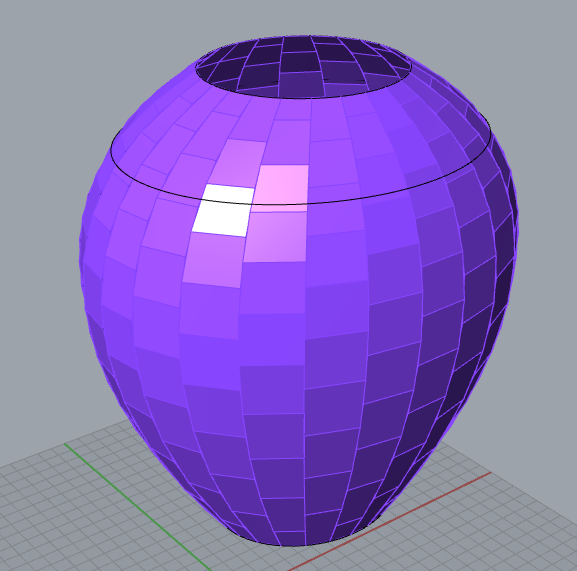
Triangle Panels B
Divides a surface into triangular panels, where each vertices connects to 6 other vertices (except at edge conditions).
Input:
- A list of surfaces to panelize
- A whole number value to set the U value
- A whole number value to set the V value
Returns: A list of quadrangular panels
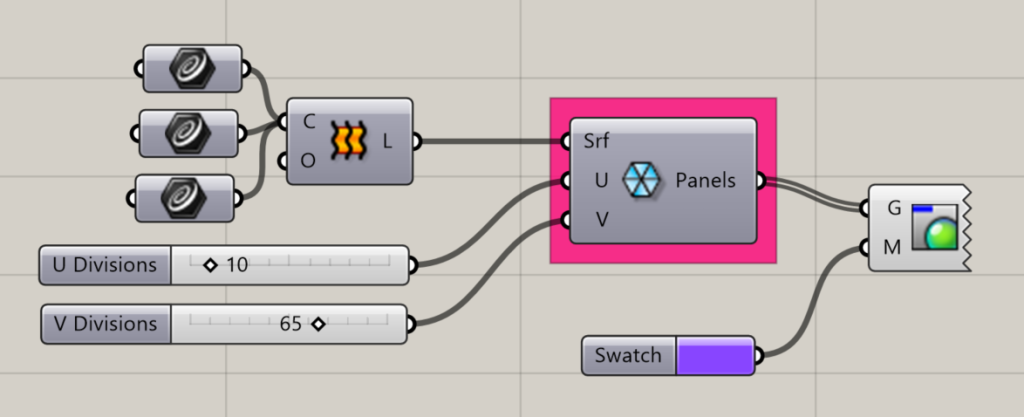
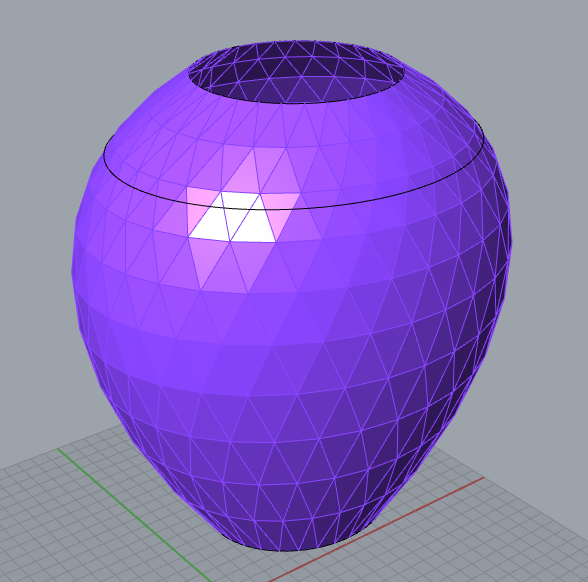
Triangle Panels C
Divides a surface into triangular panels, by first dividing it into quadrangular panels, and then subdividing each quad along both of its diagonal axes.
Input:
- A list of surfaces to panelize
- A whole number value to set the U value
- A whole number value to set the V value
Returns: A list of quadrangular panels


Triangular Panels A
Divides a surface into triangular panels, by first dividing it into quadrangular panels, and then subdividing each quad along one of its diagonal axes.
Input:
- A list of surfaces to panelize
- A whole number value to set the U value
- A whole number value to set the V value
Returns: A list of quadrangular panels

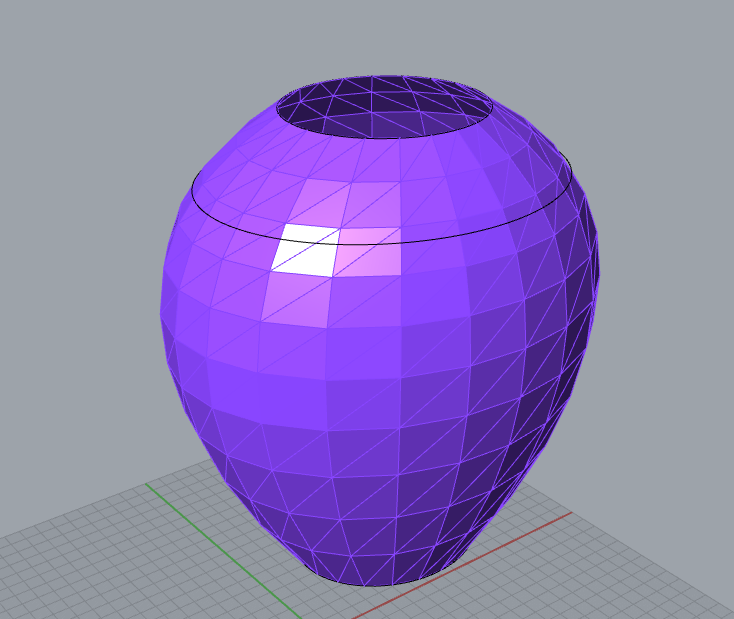
Diamond Grid
Divides a surface into a diamond-shaped grid, similar to a diagrid, and creates points at the vertices of each quadrangle cell within the grid.
Input:
- A list of surfaces to panelize
- A whole number value to set the U value
- A whole number value to set the V value
Returns: Lists of the quadrangle gridpoints, associated with the Corner number of each cell.
Note: if you combine the lists, there are many duplicate points, since each cell shares it corners with other cells.


Quad Grid
Divides a surface into a quadrangular grid and creates points at the vertices of each quadrangle cell within the grid.
Input:
- A list of surfaces to panelize
- A whole number value to set the U value
- A whole number value to set the V value
Returns: Lists of the quadrangle gridpoints, associated with the Corner number of each cell.
Note: if you combine the lists, there are many duplicate points, since each cell shares it corners with other cells.


